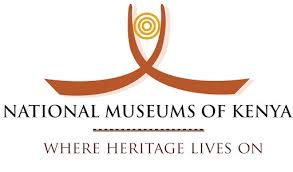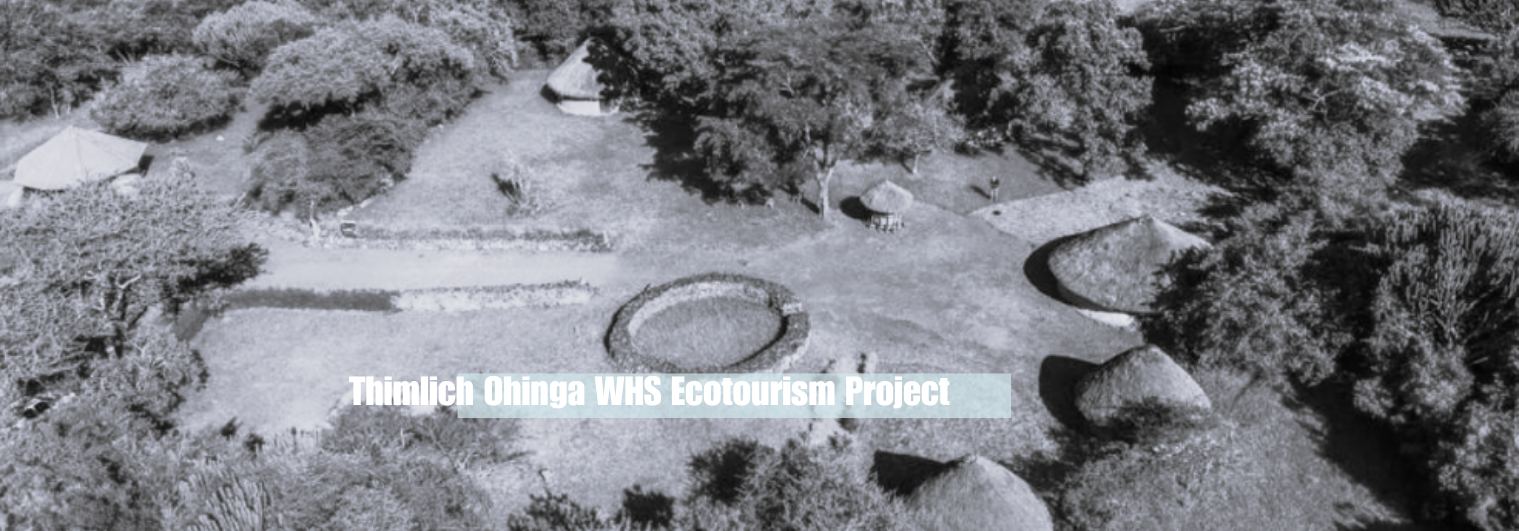Short Description
Main Objective
Thimlich Ohinga archaeological site is a dry-stone walled settlement located in the Lake Victoria basin. The 16th century structure would originally have served primarily as security for communities and livestock and still holds immense cultural and historical significance for which it was designated as a World Heritage Site in 2018. However, the site’s structures and artefacts are at risk of deterioration due to exposure to the elements and a lack of proper maintenance. Moreover, its isolated position and lack of basic amenities means that there is currently low visitation.
To address this, National Museums of Kenya propose to work with local communities to transform the site into an eco-tourism hub. Through a capacity building programme, groups of artists will be trained in how to protect the site and educate local communities on environmental protection.
Outcomes
Preserve and promote the cultural heritage of the site
Empower local people and their economic development
Promote tourism
Enhance infrastructure
Develop educational opportunities
Partners

Partnerships


